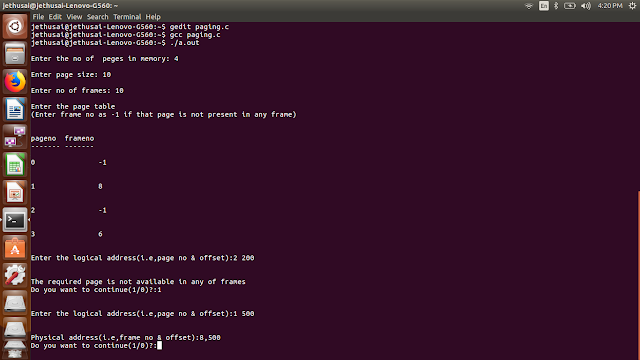context switch
A
context switch is the mechanism to store and restore the state or context of a
CPU in Process Control block so that a process execution can be resumed from
the same point at a later time. Using this technique, a context switcher
enables multiple processes to share a single CPU. Context switching is an
essential part of a multitasking operating system features.
When the
scheduler switches the CPU from executing one process to execute another, the
state from the current running process is stored into the process control
block. After this, the state for the process to run next is loaded from its own
PCB and used to set the PC, registers, etc. At that point, the second process
can start executing.
Context
switches are computationally intensive since register and memory state must be
saved and restored. To avoid the amount of context switching time, some
hardware systems employ two or more sets of processor registers. When the
process is switched, the following information is stored for later use.
• Program Counter
• Scheduling information
• Base and limit register value
• Currently used register
• Changed State
• I/O State information
• Accounting information


Comments
Post a Comment